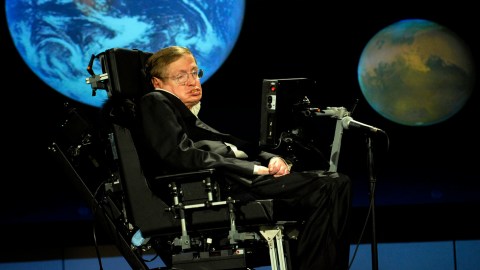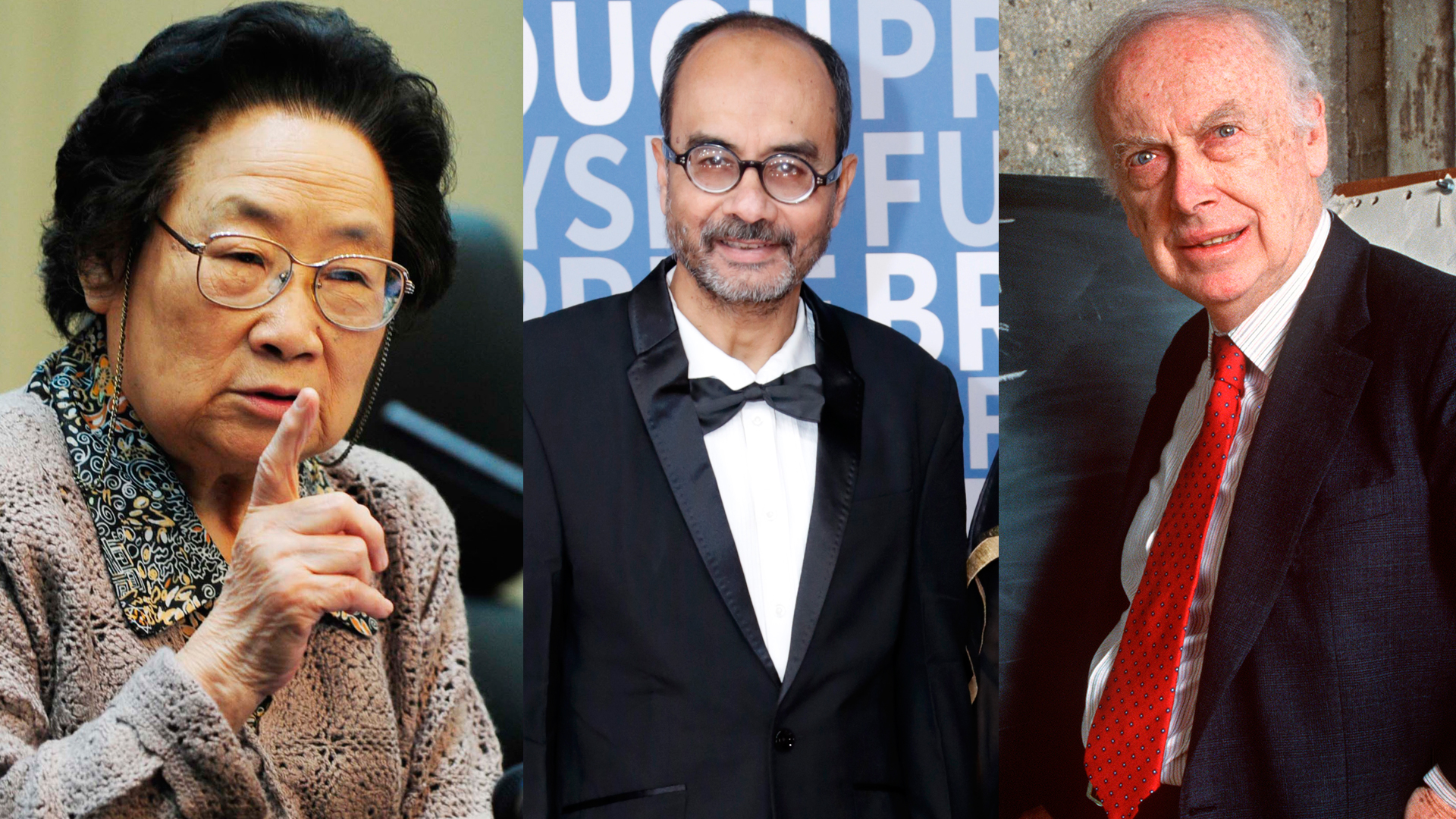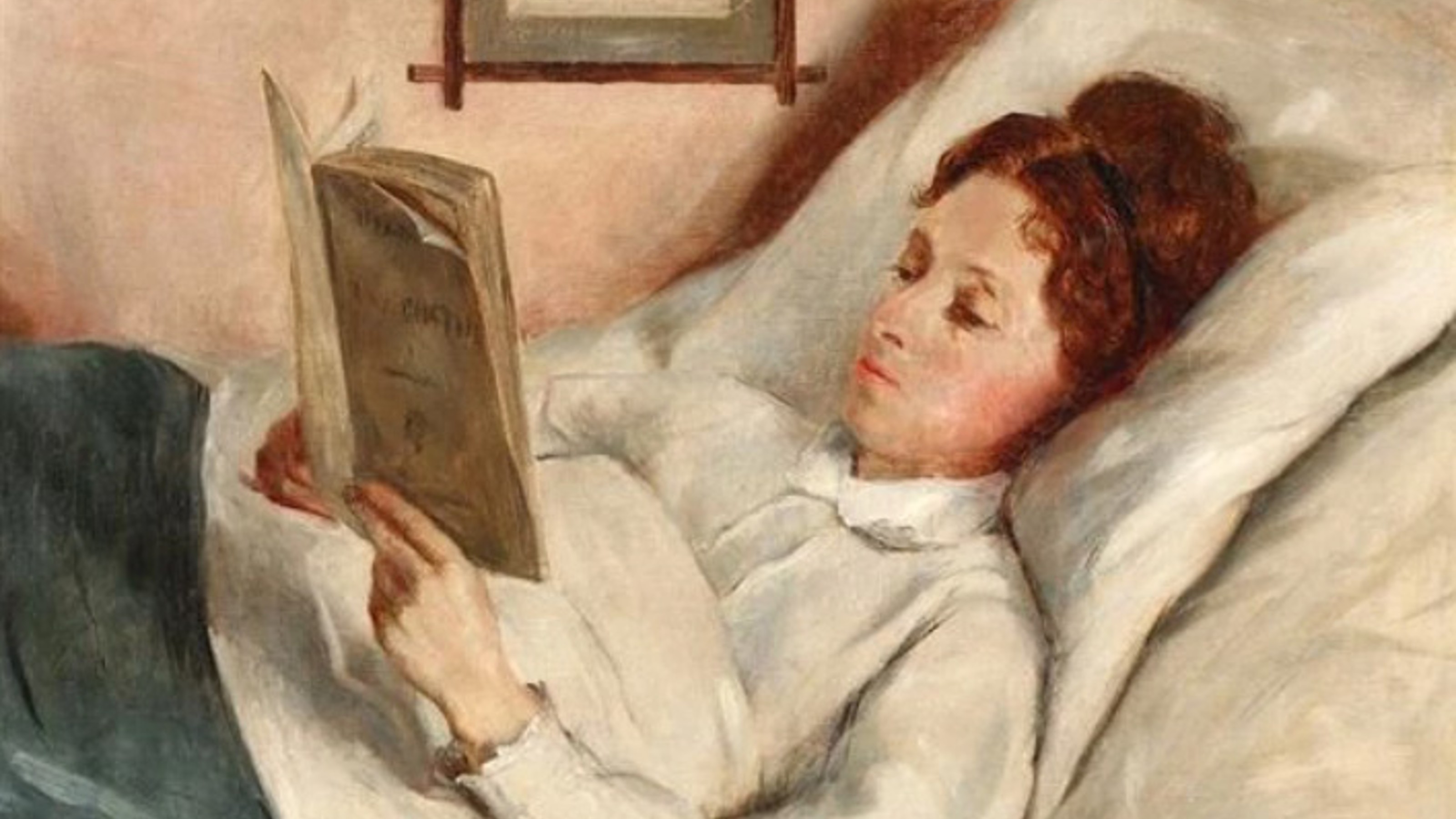10 great minds we lost in 2018

Getty Images
- We lost a great deal of internet pioneers and geniuses of physics in 2018.
- Creations of fiber optic cables, men on the moon and the unsung heroes of the life sciences made their mark on the scientific enterprise.
- The loss of men like Stephen Hawking leaves a hole in the sciences, but his work and many others will continue to inspire the generations to come.
Death is an inevitability every passing year. As time marches on to the eternal beyond, we look to some of the great minds we lost in 2018. Many celebrities, musicians and politicians have graced the grave’s ledger. Their praises have been sung far and wide. Here we remember and reflect upon the great accomplishments of a few notable titans of science and technology.
Paul G. Allen
Paul G. Allen was many things to many people. He had a long list of pursuits, talents and genius through his lifetime. From revolutionizing the world in the age of the PC as one of the founders of Microsoft, to running the scientific philanthropist outfit known as the Allen Institute. He had an unflinching curiosity to dig deep into the genome and the neurological centers of humankind itself.
Allen succumbed to cancer earlier this year on October 15th. Throughout his life he amassed a large fortune from Microsoft, which he put to use in the most noble of ways until the very end. His legacy will continue on in the research coming out of the Allen institute for Artificial Intelligence and the many other great things he left behind.
Kuen Charles Kao
Underpinning the entirety of our interconnected world are miles of fiber-optic cables. The man responsible for the first kernel of this idea was Kuen Charles Kao. In 1966 he proposed the use of optical fibers as the major infrastructure for communication. During his heyday, telecommunications used either coaxial electronic cables or broadcast radio signals. Kao among a few others wrote a largely unnoticed paper that would go on to influence and change the course of the world. For this eventual work he set out to do, he’d go on to win the Nobel Prize in Physics in 2009. He died in Hong Kong on September 23rd.
Osamu Shimomura
Born in 1928 in the town of Fukuchiyama, during the height of Japanese expansion, Osamu Shimomura lived through dark and perilous times. Against all odds he went through school and the hardships of his upbringing to eventually discover a crucial component for the biomedical sciences. He discovered the green fluorescent protein (GFP,) which would be the fundamental tool used by researchers to code and confirm the insertion of genes. He shared the Nobel Prize in Chemistry in 2008 with chemist Roger Tsien and neurobiologist Martin Chalfie.
Shimomura died in Nagasaki, Japan on October 19th, He was the first to show that a protein could be fluorescent and contain a light-emitting function in its own protein peptide chain. His pioneering research has allowed this discovery to be used as a tool for inserting genes into other organisms. Until the aequorin, which he discovered and named, was able to be genetically engineered – he freely shared his massive stock he’d collected to laboratories around the world.
Thomas A. Steitz
Carrying on the work of what Francis Crick called the central dogma of biology – the genes – Thomas A. Steitz would go on to discover the secrets of the ribosome. In 2009 he received a Nobel Prize in Chemistry for his work that contributed to solving the structure of the ribosome, the component responsible for translating genetic information into proteins from the cell. Steitz was a crystallographer who came from a humble background and continued to push forth the important work up until the day he died on October 9th. A colleague of his, Peter Moore, once called him: “the most accomplished structural biologist of his generation.”
Stephen W. Hawking
One of the most famous physicists of our time, Stephen W. Hawking roused the public’s attention for his deep pursuit into the mysteries of the universe. Theoretical physicist Michio Kaku said of Hawking after his death:
“Not since Albert Einstein has a scientist so captured the public imagination and endeared himself to tens of millions of people around the world.”
A unique figure who’s adversity against total paralysis became a symbol of human determination and strength, Hawking didn’t let his long-running physical ailments stop his triumph for truth. He’d go onto become our leading voice on the strange physics of black holes and quantum theory.
Alan Bean
Alan Bean was the fourth man to step foot and walk on the moon. In his later years he turned to painting as he told the grand story of one of our most important achievements of mankind. Alan Bean stepped onto the Lunar surface after the Apollo 12 flight some four months after Neil Armstrong and Buzz Aldrin had first landed on the moon. Although not the first flight or given as much fanfare as Apollo 11, this mission resulted in a more thorough exploration of the moon. Bean would go on to command a flight to the orbiting space station Skylab and set a record for being in space for 59 consecutive days.
Dorothy Cheney
Dorothy L. Cheney changed the dynamics of we view the primate life and social structure. With her husband and research partner, Professor Robert M. Seyfarth, they did some of the most important field work with baboons. In a comment about her life in the New York Times it was said:
“Along with Robert Seyfarth, she did wonderfully clever, elegant field experiments that revealed how other primates think about the world — showing that they think in far more sophisticated and interesting ways than people anticipated.”
Much of their research was put into the book: How Monkeys See the World: Inside the Mind of Another Species “The most human features of monkeys and apes lie not in their physical appearance but in their social relationships.” Cheney helped change and usher in a new way of research to view and understand our primate cousins, by existing in their home territory and seeing their lives in natural action.
Frank Heart
Frank Heart was the engineer who oversaw the first development of a routing computer for the famous Arpanet, the government’s precursor to the internet. In 1969, he led a small team of engineers that would go on to build something called the Interface Message Processor (I.M.P.) The computer’s main function was to switch data among other computers connected on the Arpanet. Much of what Heart was doing made it a necessity for him to invent while he went along, things that are fundamental to the internet like error resistance. Mr. Heart invented much of the technology that would go on to be the basis for the router systems we use today.
Leon Lederman
Leon Lederman was a physicist that delved into a wide range of new areas of fundamental physics. He would go on to discover things such as the muon neutrino, neutral kaon meson and learned about something called bottom quarks which make up the fundamental parts of neutrons and protons. Born in 1922 to Jewish Russian emigrants, he lived in a time when Jewish scientists were fleeing Europe en masse. He was part of a cadre of genius physicists who’d help revolutionize the field in the early 20th century.
He shared the 1988 Nobel Prize in physics for his work on the discovery that fundamental particles require symmetry as an intrinsic part of the natural order of things. His scientific legacy lives on as there are continued efforts to explore the many particles he discovered.
Aaron Klug
Aaron Klug was responsible for mapping the structure of viruses. He discovered the geometrical rules and eventual form of the poliovirus. Klug invented electron tomography, which resulted in the three dimensional image of a virus. This won him the Nobel Prize in Chemistry in 1982. Other components of his work would go on to allow him and the many scientists that came after him, the ability to initiate the transcription of RNA, which would become the basis for gene therapy. Klug was knighted in 1988. Throughout his life we went on to lead the Medical Researcher Council and Laboratory of Molecular Biology in the Royal Society.





